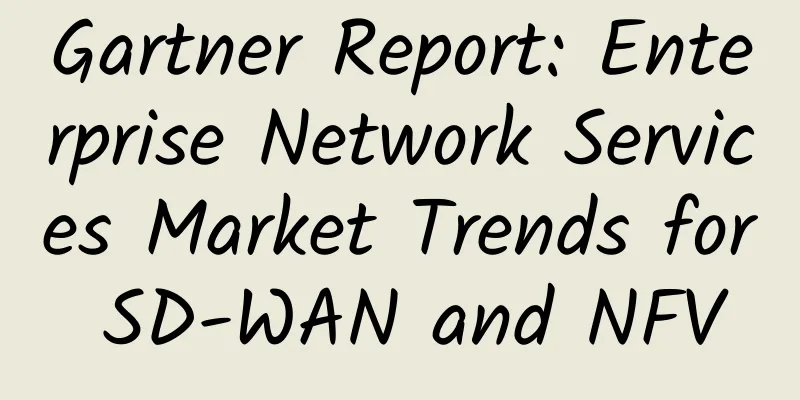How to design a scalable and flexible cabling system for data centers?

|
Cabling is an essential part of any data center because it connects servers, switches, routers, storage devices, and other equipment. However, cabling can also be a source of complexity, cost, and risk if not properly designed and managed. So, how do we design a scalable and flexible cabling system for our data center? Here are some key factors to consider: Choosing the Right Cable TypeDepending on the size, layout, performance, and future plans of the data center, different types of cables may be required to meet different connection and transmission purposes. For example, copper cables can be used for short-distance connections within a rack or cabinet, while fiber optic cables can be used for long-distance connections between racks or areas. Different categories of copper cables (such as Cat5e, Cat6, or Cat6a) or different modes of fiber optic cables (such as single-mode or multi-mode) can also be used according to speed and bandwidth requirements. In addition, we consider the cost, availability, and compatibility of cables in addition to selecting the right type of cable for current and projected future needs. Optimize cable length and numberAnother important factor to consider is how many cables are needed and how long each cable should be. Excessive or unnecessary cabling creates clutter, wastes space, increases power consumption, blocks airflow, and degrades signal quality. On the other hand, insufficient or too short cabling limits flexibility, scalability, and redundancy options. Cable length and quantity should be optimized by using accurate measurements, avoiding slack or coiling, and following the minimum bend radius and maximum distance specifications for cables. Also, only the cables required for the connection should be used, and all unused or obsolete cables should be removed. Use a cable management systemA cable management system is a set of tools, practices, and policies that help technicians organize, protect, label, and document cables. Cable management systems can help improve the efficiency, reliability, and safety of cabling systems and aid in troubleshooting, maintenance, and expansion. A cable management system may include cable trays, brackets, panels, ties, clips, hooks, pipes, conduits, and other accessories to support and protect cables. It may also include cable labels, color codes, diagrams, inventory lists, and other records to identify and track cables. Use structured cabling methodsA structured cabling approach is a standardized and modular approach to designing and installing cabling systems. A structured cabling approach divides a data center into hierarchical areas, such as entrance facilities, main distribution areas, horizontal distribution areas, and equipment distribution areas. Each area has its own set of cables, connectors, patch panels, and ports that link to other areas. A structured cabling approach can help simplify cabling systems, reduce errors and failures, improve performance and interoperability, and enable scalability and flexibility. Follow best practices and standardsFinally, to ensure that your data center cabling system is up to par, you should follow applicable best practices and standards. This may include industry guidelines, vendor recommendations, regulatory requirements, and customer expectations. To do this, use high-quality cables and components that meet or exceed data center specifications and certifications. Test and certify your cables and connections before and after installation to ensure proper functionality and performance. Additionally, maintain a clean and organized environment for cables and equipment to prevent dust, dirt, moisture, and damage. Update and review cable documentation regularly to reflect any changes or additions to the cabling system. By following these factors, you can create a scalable and flexible cabling system for your data center to meet current and future needs. Do you have any additional information about data center cabling considerations? |
<<: How does private 5G impact Industry 4.0 transformation?
>>: How to use fiber optic patch cords?
Recommend
inetWS: $3/month KVM-2GB/30G SSD/100M unlimited traffic/13 computer rooms available
inet.WS has released a 25% discount coupon code f...
An article explains what NVMe is
With the emergence of NVMe, the performance of ha...
Huawei Cloud: Enterprise-level cloud host 2C4G5M 707 yuan/year
Huawei Cloud's various activities are also on...
Operators’ Path to Artificial Intelligence
After a year of development, AI technology and ap...
The Internet is like this: Network optimization practice for quick payment transaction scenarios
introduction In recent years, with the developmen...
Alibaba Gumo: Decoding the evolution of Taobao's intelligent customer service architecture
[51CTO.com original article] The WOTD 2017 Global...
LOCVPS 20% off: 29.6 yuan/month - 1GB/30GB/400GB@100Mbps/Osaka, Japan
LOCVPS is a domestic hosting company founded in 2...
5G and emerging technologies drive data center growth in India
Since 2018, India has made great strides in advan...
High cost-effectiveness and high performance at your will! Huawei Cloud's best-selling server evolves again
[Original article from 51CTO.com] The global econ...
Everyone has seen the website 404 error. Do you know why it is 404?
Whenever a "404 error" appears when bro...
Ten underutilized SD-WAN features
SD-WAN is more than just an alternative to Multip...
It has been almost three years since number portability was implemented. Who is the winner among the three major operators?
Since the three major operators in my country occ...
Yecao Cloud Labor Day Promotion: Hong Kong BGP line VPS special price from 88 yuan per year, Hong Kong dedicated server from 199 yuan/month
Yecaoyun has already started the Labor Day promot...
QuickPacket: $49/month-E5-2683v4, 64G memory, 1TB or 500G SSD, 50TB/1Gbps, Los Angeles data center
Readers who followed the blog in the early days m...
2021 China Internet Haha List 3: Top Ten Keywords
With change comes new opportunities. The Internet...









![[11.11] RAKsmart cloud server 10% off from $2.49/month, bare metal cloud server $69/month, Japan/Hong Kong/Singapore/US data center](/upload/images/67cac023b9ba4.webp)